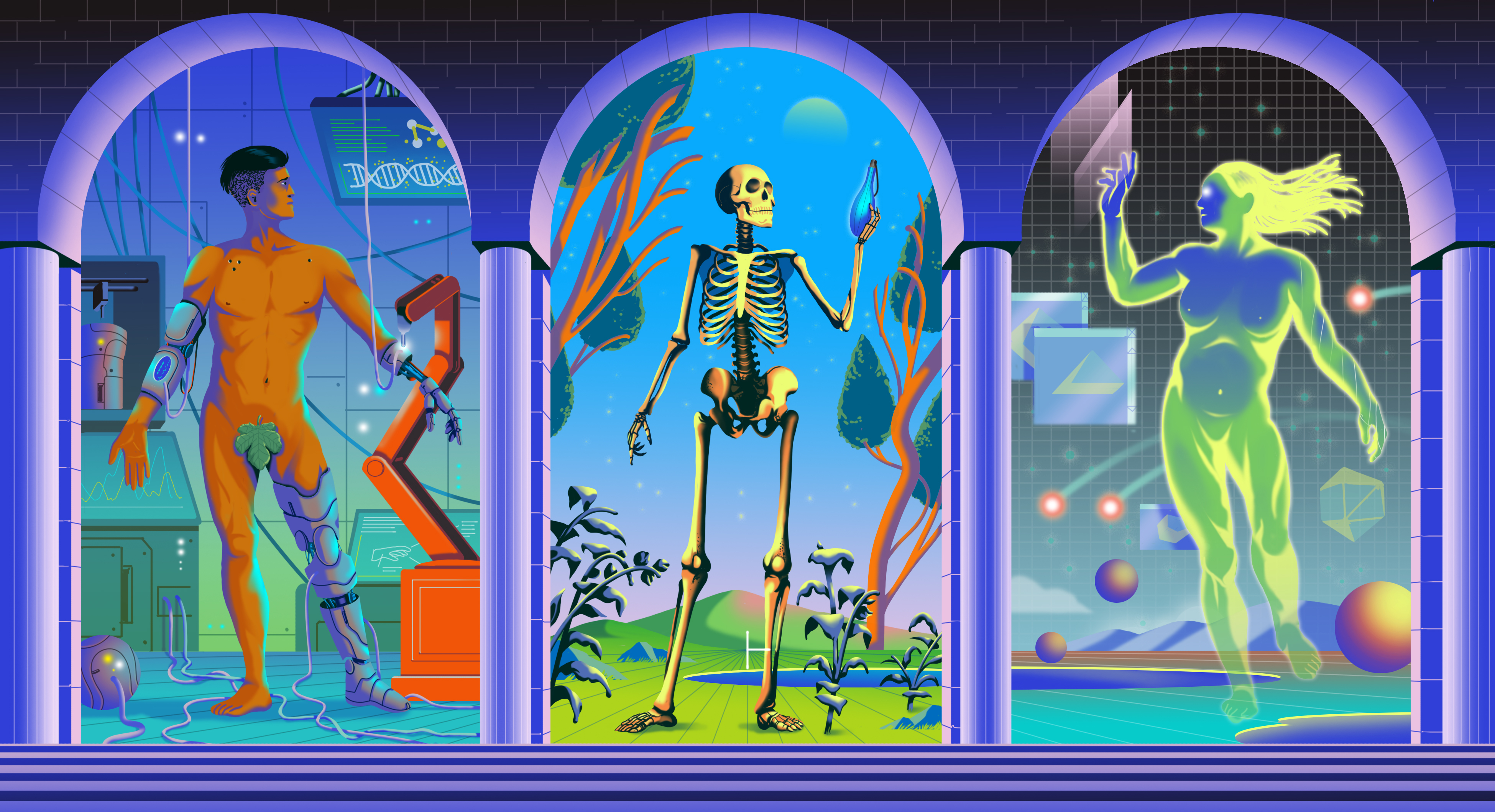What Happens When the Average Lifespan Hits 100?

What’s the Big Idea?
“Death is a very dull, dreary affair, and my advice to you is to have nothing whatever to do with it,” said W. Somerset Maugham. Which is, of course, the way most of us would prefer it.
For all our willingness to play with fire, the human species has quite a flair for not getting burned. The same combination of irrationality and ingenuity that we bring to finding new ways to fight each other also informs our quest for eternal life. We don’t just want to survive. We want to be immortal. We want to defy illness, build utopia, and track down the fountain of youth. We may soon get our wish, says Sonia Arrison, a writer and futurist, thanks to the “coming longevity revolution.”
“We’re on the cusp of a rapid change in social consciousness,” she writes in her new book, 100+: How The Coming Age of Longevity Will Change Everything, From Careers and Relationships to Family And Faith. “Humanity is finally in a position to shed its acceptance of disease and death and instead launch a true offensive against it.”
In a recent interview with Big Think, Arrison noted that life expectancy has always been plastic for human beings. The lifespan of a Cro-Magnon, for instance, was only about eighteen years. That number doubled around the time of the European Renaissance. And by 1850 — the year the Industrial Revolution went mainstream — the average Westerner could expect to live until 43.
Given the historical context, the current estimate of 78.7 starts to sound rather arbitrary. “It’s not set in stone,” says Arrison. The key to reaching 150+, she believes, lies in the work of several scientists making vital but under-reported discoveries. Cynthia Kenyon, a molecular biologist, has been able to extend the life expectancy of worms by six times by making adjustments to their genetic composition. (Humans have the same pathways.)
In 2010, Dr. Anthony Atala implanted a new bladder that he had grown in his laboratory in a ten-year-old suffering from spina bifida. He has also successfully grown hearts, livers, breast tissue, and bone in his lab. In August of last year, researchers at the University of Pennsylvania destroyed all traces of cancer in two patients who had leukemia by genetically altering the patients’ immune cells so that they were able to recognize tumors as invaders rather than parts of the body.
What’s the Significance?
None of these stories was greeted with much fanfare, but all are examples of the kind of regenerative medicine that will ultimately eradicate cancer, AIDs, and age-related diseases, says Arrison. After that, there’s no reason why we can’t defeat death itself.
Still, the question remains — what happens when the average lifespan increases to 100 and beyond? What will a world full of super-centenarians look like? Will we be any happier?
We’ll certainly have to find new stories to tell ourselves:
One of the things that really struck me [when researching the book] is that when you look back through all of human culture and literature, you have an enormous amount of stories that explain to us why we have to die. Why it would be terrible if we were able to enhance ourselves and live longer. If you live longer, oh well you’ll become a vampire, and you’ll be sucking people’s blood or you know, Frankenstein’s monster. He was piecing together body parts, but it turned out to be a monster and so that was just unnatural and evil and bad.
And we’ve got this huge literature of dystopian stories relating to health and life extension, because it’s never been possible before. We’ve never had the opportunity to really radically extend human health before. And because we haven’t had that opportunity, we needed some way to convince ourselves that it was okay for us to die. It’s okay that we can’t move forward in the way that we want to or the way that we really dream about.
Now we’re at a point where we really do have the opportunity to move forward and be healthier much, much longer. And that’s exciting. And it’ll be interesting to see how that changes our culture and our stories.
Check back Saturday, November 19th to view the second segment from our interview with Sonia Arrison.
Image courtesy of Shutterstock.





